Introduction
Have you ever thought about how your favorite websites are made to work and look great? Well, it’s like magic – thanks to frontend and backend development. Let’s explore how the web functions and see how these two things are important for the digital experiences we enjoy.
Frontend Development
Definition
Frontend development, also known as client-side development, is the process of creating and implementing the visual and interactive elements of a website or web application that users directly experience. Frontend developers focus on the user interface (UI) and user experience (UX), ensuring that the website looks appealing and is easy to navigate.
Tools
Frontend developers use HTML, CSS, and JavaScript to create the visual elements you interact with. It’s like painting a canvas, but instead of brushes, they use code to bring websites to life.
Responsibilities
Their job is to make sure your experience is smooth and enjoyable, whether you’re on your laptop, tablet, or phone. Every click and scroll is part of the frontend symphony.
Frontend Development Example
HTML, CSS, and JavaScript are three essential technologies used in web development to create and enhance the frontend (client-side) of websites and web applications.
HTML (Hypertext Markup Language)
Purpose
HTML is the standard markup language used to structure content on the web. It provides a way to organize and format the various elements on a webpage.
Syntax
HTML consists of a series of elements, each represented by tags. Tags are enclosed in angle brackets (< >) and usually come in pairs, with an opening tag and a closing tag.
Example
Output
CSS (Cascading Style Sheets)
Purpose
CSS is used for styling and formatting HTML elements, enhancing the visual presentation of a webpage. It separates the structure and content of a document from its style.
Syntax
CSS rules consist of selectors and declarations. Selectors target HTML elements, and declarations define the style properties.
Example:
Output
JavaScript
Purpose
JavaScript is a dynamic scripting language that adds interactivity and behavior to web pages. It allows you to manipulate the HTML and CSS content dynamically, respond to user actions, and make asynchronous requests to servers.
Syntax
JavaScript code can be embedded directly into HTML or referenced from external files. It uses functions, variables, loops, and conditional statements for programming logic.
Example:
Output:
Backend Development
Definition
Backend development refers to the process of creating and managing the server-side of a software application or website. It involves writing code and implementing the logic that enables the frontend (the part of the application that users interact with) to function properly. Backend development includes tasks such as managing databases, processing data, handling user authentication, and ensuring the overall performance and functionality of the application.
Tools
Backend developers use languages like PHP, Python, or Java, and frameworks like Laravel, Django or Ruby on Rails. Databases are their secret vaults, storing and retrieving data at lightning speed.
Responsibilities:
Their job is to handle the data backstage, manage user accounts securely, and keep everything running smoothly. When you submit a form or log in, the backend is working behind the curtains.
Backend Development Example
Python, PHP, and Java are popular programming languages used for backend development. The backend is responsible for server-side logic, database interactions, and managing the overall functionality of a web application. Let’s explore each of these languages in the context of backend development:
Python:
Purpose:
Python is a versatile and high-level programming language known for its readability and simplicity. It is widely used in web development, data science, machine learning, and more.
Web Frameworks:
Flask and Django are two popular Python web frameworks for building web applications.
Flask: Lightweight and flexible, suitable for small to medium-sized projects.
Django: A more comprehensive framework with built-in features like an ORM (Object-Relational Mapping), authentication, and an admin panel, making it suitable for larger projects.
Example:
PHP:
Purpose:
PHP (Hypertext Preprocessor) is a server-side scripting language designed for web development. It is embedded in HTML and executes on the server, generating dynamic content.
Web Frameworks:
While PHP has various frameworks, some notable ones include Laravel, Symfony, and CodeIgniter.
Laravel: A modern PHP framework with an expressive syntax, ORM, and built-in features like routing and authentication.
Symfony: A flexible and scalable framework with a set of reusable components.
CodeIgniter: A lightweight and straightforward framework for rapid development.
Example:
Output:
Java:
Purpose:
Java is a versatile, object-oriented programming language widely used in enterprise-level backend development. It emphasizes portability, performance, and security.
Web Frameworks:
Spring and JavaServer Faces (JSF) are popular Java frameworks for building web applications.
Spring: A comprehensive framework with modules for various concerns, including data access, security, and MVC (Model-View-Controller).
JavaServer Faces (JSF): A component-based framework for building user interfaces using reusable UI components.
Example:
Output:
Conclusion:
In the dynamic world of web development, frontend and backend are the dynamic duo shaping our online experiences. Whether you’re into the visuals or the technical bits, understanding both sides gives you a holistic view of the digital world. The next time you click through a website, remember the teamwork of frontend and backend developers making it all happen.


